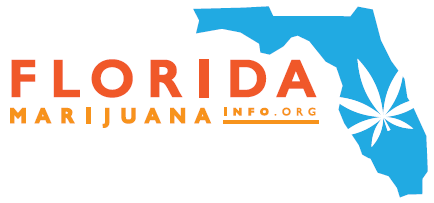Though legal medical marijuana is now a reality in Florida, legalization is also only the first step in the battle for many patients. The next step is actually being able to afford their medicine. Medicare is a vital medical lifeline for seniors, people with disabilities and others with low incomes. Unfortunately, it doesn’t cover any of the costs associated with medical marijuana, and it’s very unlikely that it will anytime soon.
How Much Does Medical Marijuana Cost In Florida?
The Florida Compassionate Care Act stipulates an initial application and biennial renewal fee to medical marijuana cardholders. Details are still being ironed out on the Amendment 2 terms by the Department of Health as of this posting, but it’s safe to assume this requirement will be the same, as it is the way every other state handles their medical marijuana programs.
Physicians are allowed some leeway in what they can charge for an initial consultation; in general you can expect the cost to range from around $80 to somewhere north of $250. Renewal fees are generally around 50% to 100% of the initial fee amount.
Then you’ve got the cost of the medical marijuana itself. There’s no real regulations here, and dispensaries are free to set their own prices. Additionally, prices will vary by strain. Generally speaking, you can expect a gram to cost around $10-20, an eighth (three and a half grams) to cost in the neighborhood of $40-60, and an ounce to top $200 (if not over $300 for the most in-demand high-end strains).
The Insurance Problem
Unfortunately, right now, everything we just described above is 100% out of pocket for the patient, Medicare or not.
Since Medicare is administered at both the federal and state level, marijuana’s continuing status as a Schedule I drug virtually ensures it will never be covered. In spite of more and more states passing medical and even recreational legalization, the DEA is holding firm to their belief that cannabis has “no medical value” and is “highly addictive.” That means any government program isn’t going to touch it.
And if you’re thinking of picking up private insurance as a means of lowering medical marijuana costs, think again. Private insurers won’t touch it either, both because of the Schedule I federal status and because the FDA hasn’t tested and approved it (which is virtually impossible while it remains in Schedule I).
Private Assistance: Compassionate Care Programs
The lone source of relief for people with low or fixed incomes basically comes from dispensaries themselves. A number of dispensaries in other states have set a precedent by adopting their own hardship systems for their patients, offering discounts or even sometimes giving away medical marijuana for free.
These dispensaries usually ask that patients document their medical and income status. They’ll usually want to see a letter from the patient’s doctor outlining their condition and the quantities and type of medical marijuana they need, a disability card or placard if applicable, and documentation of income. Being on Medicare, SNAP or some other government assistance program is sometimes acceptable by itself for establishing low income status. Of course, it will be up to each Florida dispensary to set their own conditions here should they choose to make programs of this nature available.
Waiting For Help
Amendment 2 allows for a great deal of expansion in the dispensary market; once that finally gets up and rolling, we should be looking at more options and more competition. That also means more opportunities for relief programs. In the meantime, if you are already receiving medical marijuana, you can try contacting your local dispensary to see if they offer any assistance or would consider adopting such a program./p>














 OMD Agency
OMD Agency
Recent Comments